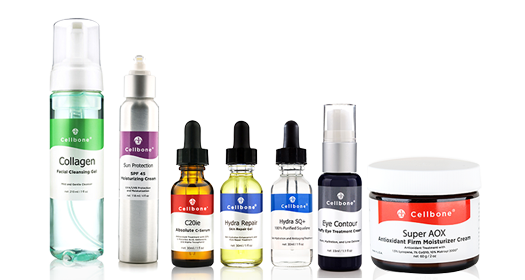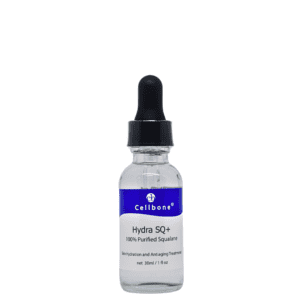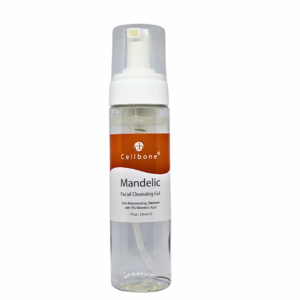THE ULTIMATE GUIDE TO
Best Products Dry Skin
Signs of Dry Skin
Dry skin is often only temporary and is common in the cooler months of winter. When skin is dry it can feel tight, especially after bathing or swimming. Dry skin can also appear rough and feel uneven to the touch. Itching is common for sufferers, as is flaking, scaling or peeling of skin in the affected area. Fine lines and cracks may form and the skin can discolour to either a grey, whitish or reddened shade. In serious cases dry skin can crack and sometimes bleed.
What Causes Dry Skin?
In most instances dry skin is caused by environmental factors such as hot or cold weather, low moisture in the air or having soaked the skin in hot water, for an extended period of time. The likeliness of experiencing dry skin increases from 40 years of age, onward. The root of the skin’s dryness is generally dehydration, while moisturisers primarily seal in hydration, they don’t necessarily supply all that much moisture.
Common causes of dry skin are:
- Aging
- Bathing in overly hot water
- Certain medications
- Diet (not drinking enough water or consuming enough healthy fats like omega 3 and 6)
- Existing skin conditions (like eczema)
- Exposure to harsh weather conditions (especially living in dry, cold or low-humidity climates)
- Extended time spent outdoors
- Frequent swimming in chlorinated pools
- Genetics
- Over exfoliating (more than twice per week)
- Over washing (removing naturally-produced oils from the skin)

How To Care For Dry Skin
Many soaps and clothes washing detergents are designed to remove natural oils and effectively strip the skin of moisture, be mindful of this when choosing which products to buy. For sufferers who experience cracked skin as a result of dryness, there is a risk of infection as the skin’s normal protective layers are compromised and this is an avenue for bacteria to enter. Dry skin is not chronic however and will go away eventually. The best approach a sufferer can ake is to manage their own symptoms as they arise.
Methods we recommend to care for dry skin:
- Apply enough cleanser to remove dirt and oil but avoid using so much that a thick lather forms
- Avoid detergents made with harsh chemicals
- Avoid harsh, drying soaps (use a soap-free and alcohol-free face and body wash instead)
- Avoid standing too close to fireplaces, wood-burning stoves or heaters
- Drink more water each day

- Eat foods like salmon, flaxseed oil and algae oil (to get your healthy fats intake up)
- Moisturise while your skin is still damp (use moisturising products containing ceramides to repair the skin barrier, as well as glycerin and hyaluronic acid to draw and seal moisture in)
- Use a gentle and unscented cleanser, daily
- Use an ointment or cream rather than a lotion (made with either jojoba oil or shea butter)
- Try oil-based products (this can trigger your skin to stop producing so much and balance out moisture levels)
Dry Skin Skincare Routine
Morning Routine
Step 1. Collagen Cleanser
Step 2. Eye Contour Cream
Step 3. Vitamin C (start on 10% then titrate to 20%)
Step 4. Hydra Repair
Step 5. Hydra SQ+
Step 6. Super AOX
Step 7. SPF
Morning Routine
Step 1. Collagen Cleanser
Step 2. Eye Complex Cream
Step 3. Vitamin C (start on 10% then titrate to 20%)
Step 4. Hydra Repair
Step 5. Hydra SQ+
Step 6. Super AOX
Step 7. SPF
Evening Routine
Step 1. Collagen Cleanser
Step 2. Retinol Cocktail Serum

Additional Product Options
Recommended Products For Dry Skin
The Ultimate Guides Series
Become one of our Stockists

Here's What Our Costumers Say





















